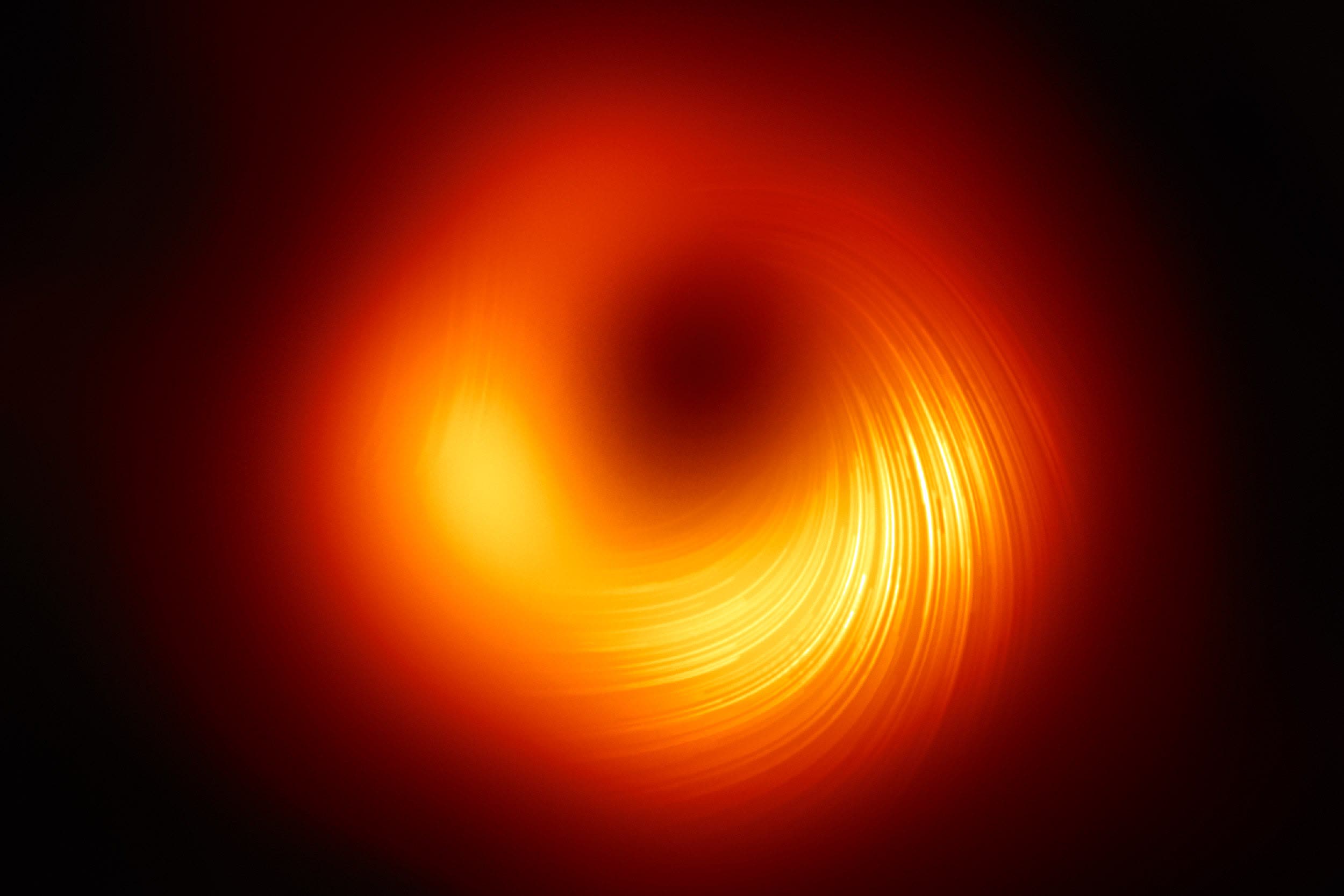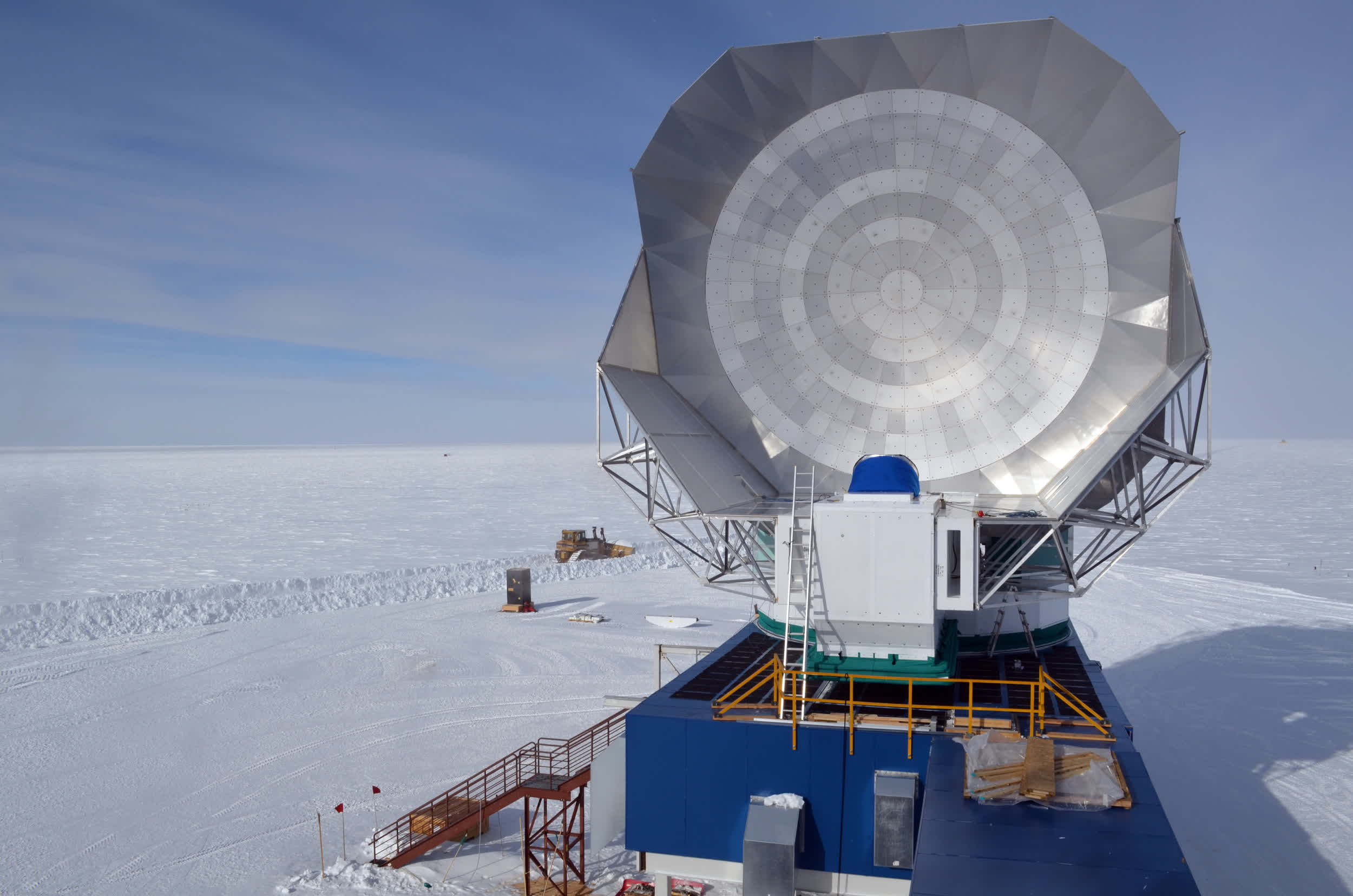Why it matters: The Event Horizon Telescope (EHT) is a large telescope array comprising eight individual telescopes situated at six distinct geographical locations. The EHT collaboration played a crucial role in capturing the first authentic image of the black hole at the center of the galaxy Messier 87 (M87). Data collected over the past years continues to yield research material aimed at unraveling the mysteries of black hole physics.
The supermassive black hole at the center of galaxy M87 exhibits rotational behavior, akin to the wobbling motion of a spinning top. A newly published study in Nature provides confirmation that the first-ever imaged black hole is indeed in a state of rotation. This rotation generates powerful energy emissions that are expelled into intergalactic space.
Situated 53 million light-years away from Earth, M87 ranks as the second brightest galaxy in the northern Virgo Cluster. The black hole at its center, known as M87, is billions of times more massive than the Sun and gained widespread attention after being imaged by the EHT international telescope network in 2019.
Researchers continue to explore the characteristics of M87. Similar to many other supermassive black holes, M87 regularly produces energy jets that are expelled into outer space at relativistic velocities. These jets originate from the poles of the accretion disk surrounding M87 and are believed to be a result of the black hole's rotation.

The new research unequivocally confirms that M87 is indeed in a state of rotation, as stated by study co-author Kazuhiro Hada. Scientists utilized observational data gathered through a global network of radio telescopes spanning from 2000 to 2022. This data revealed a recurring 11-year cycle in the creation of jets. The data also confirms precession around a central point at the edge of the black hole, indicating a misalignment between the black hole's spin axis and the surrounding accretion disk.
The behavior of the energy jets emanating from M87 resembles that of a spinning top, as noted by the researchers. The detection of this precession provides unambiguous evidence that the M87 black hole is indeed spinning. These cosmic jets, escaping the gravitational pull of M87, can attain speeds that approach the speed of light (99.99 percent). They can only be generated if the black hole possesses "non-zero spin."
With the solid evidence confirming the rotation of M87, scientists will now delve into further research to explore the events that contributed to the creation of this supermassive black hole. The observed tilt between the black hole and its accretion disk signifies that "something pretty crazy happened in the past," as noted by UCL astrophysicist Ziri Younsi.
